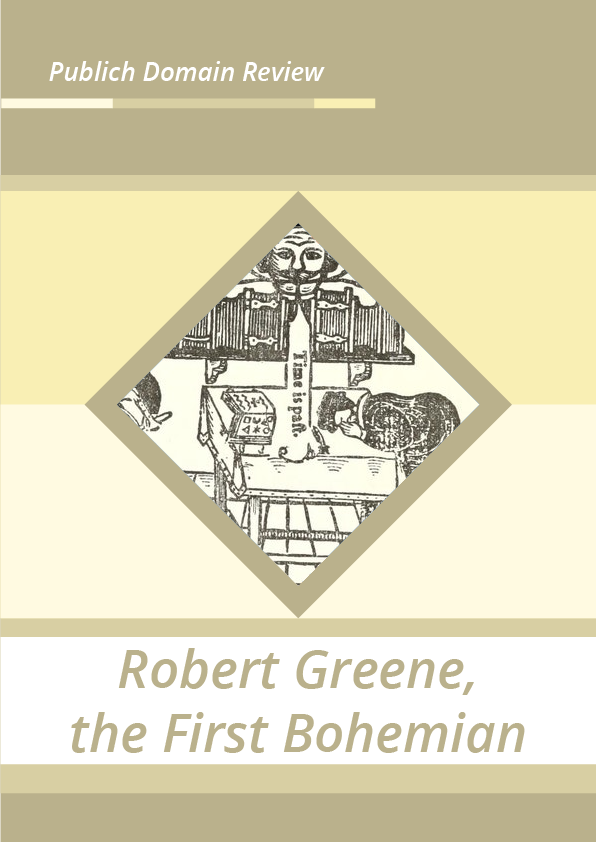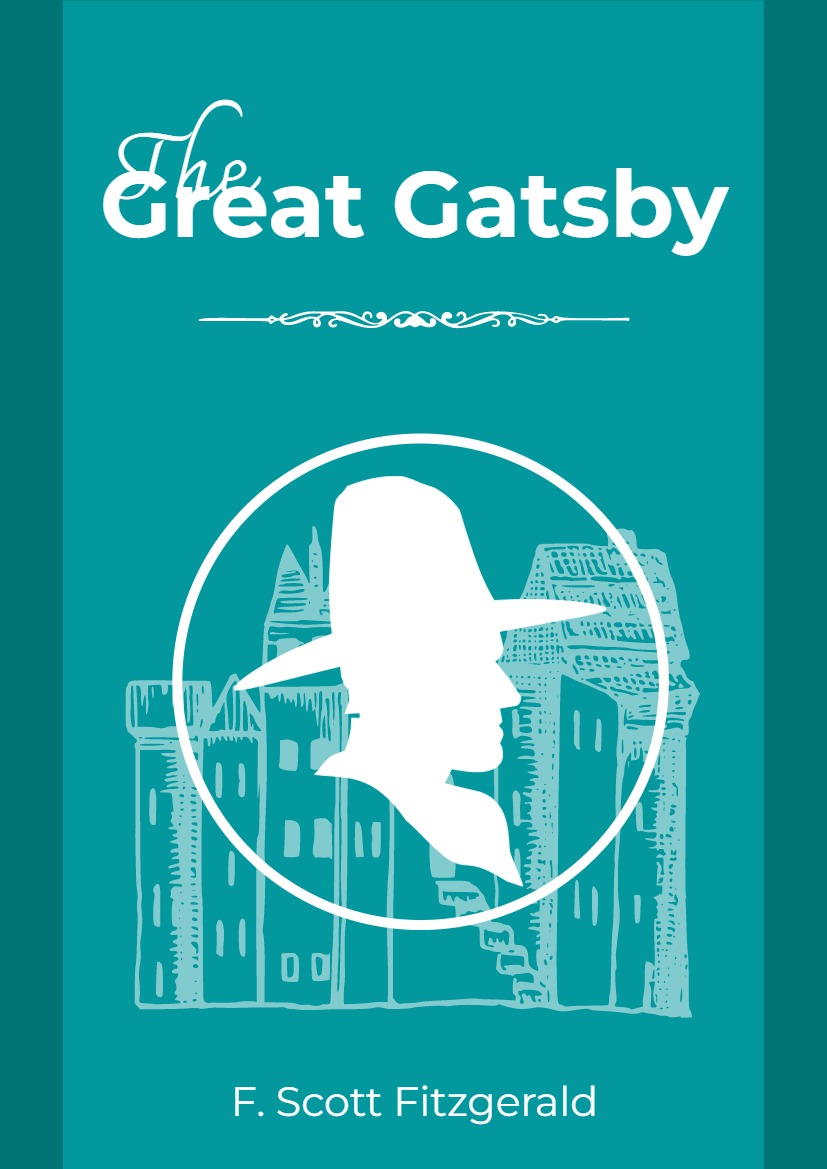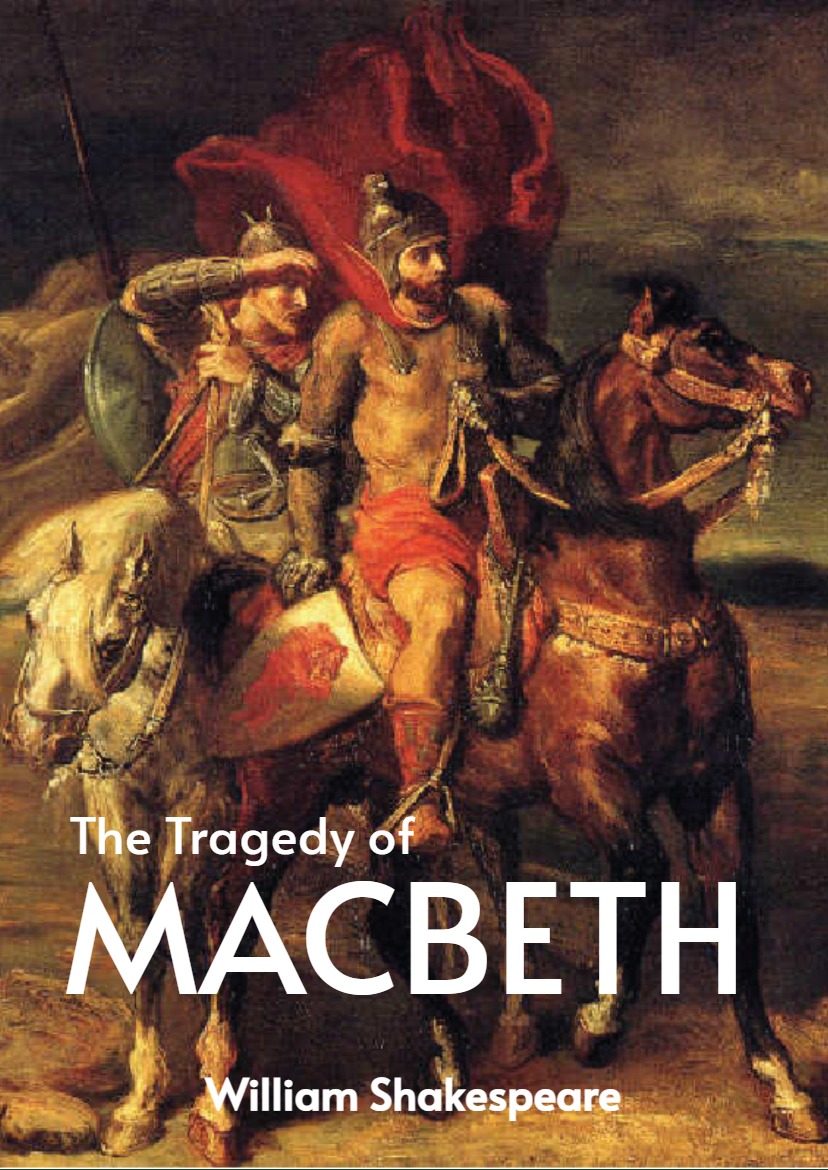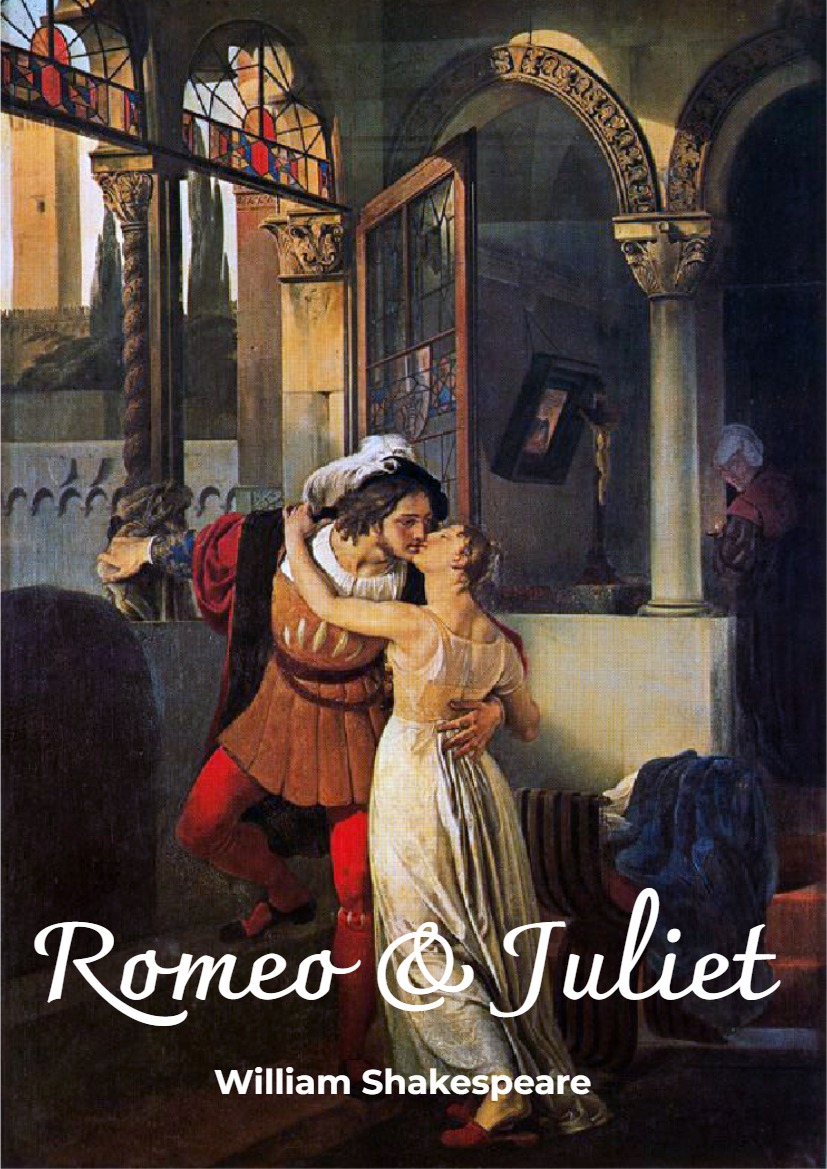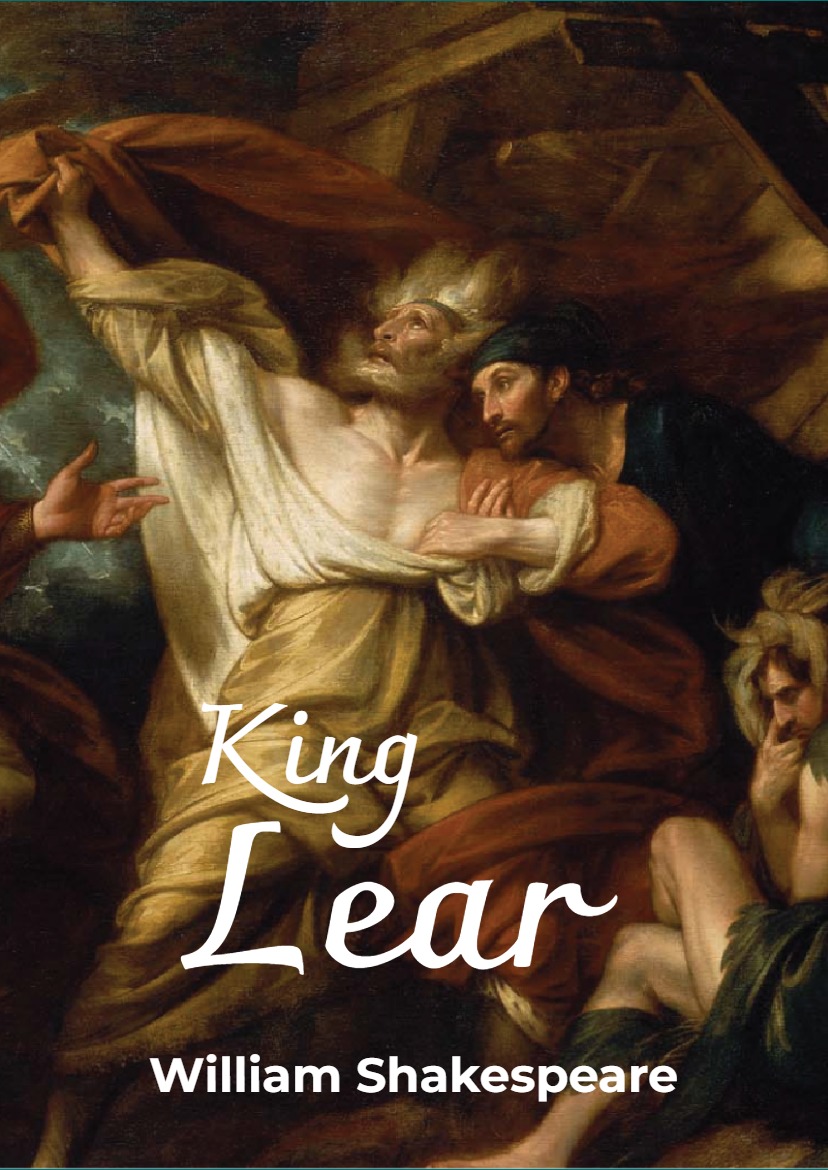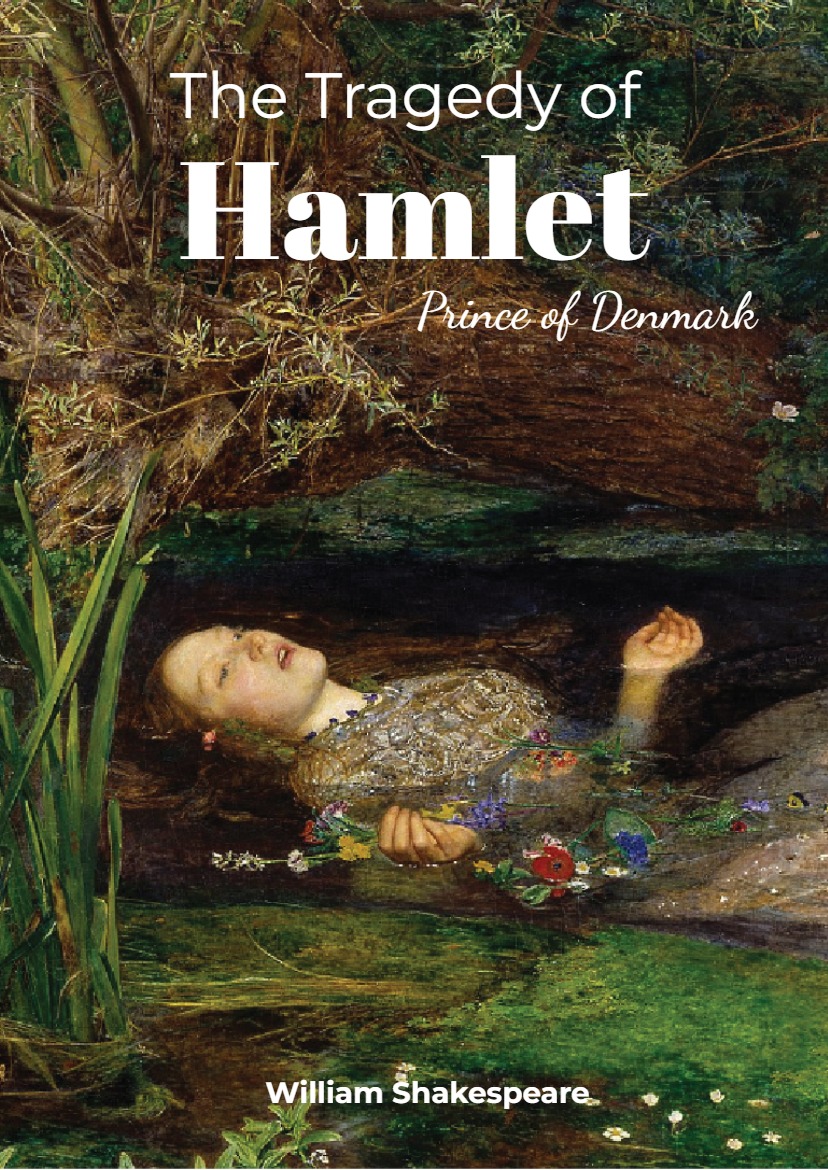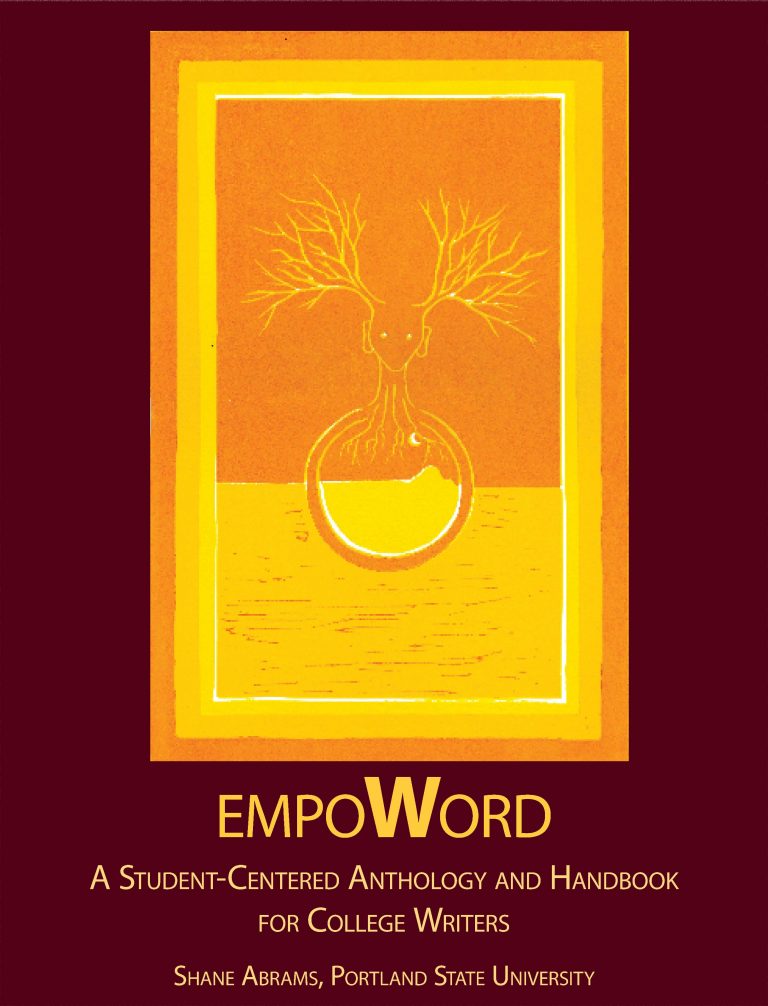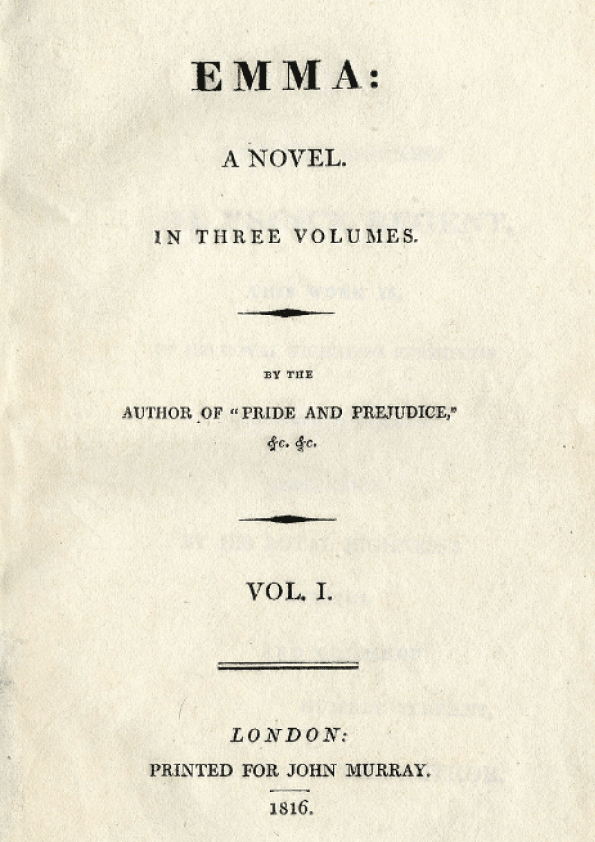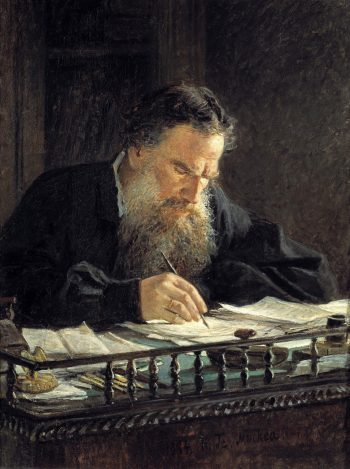Known for his debauched lifestyle, his flirtations with criminality, and the sheer volume of his output, the Elizabethan writer Robert Greene was a fascinating figure. Ed Simon explores the literary merits and bohemian traits of the man who penned the earliest known (and far from flattering) reference to Shakespeare as a playwright.
The only known image of the dramatist, poet, pamphleteer, and initially unrepentant libertine Robert Greene is a woodcut from John Dickenson’s Greene in Conceipt, printed in 1598, six years after its subject had died an early death at the age of thirty-four. Dickenson’s book pretends to be a posthumous publication of the still infamous raconteur, bawd, and wit; the frontispiece depicts Greene as bundled up in his death shroud, a cloth topknot twisted off at the peak of his head. He sits in an ornate chair, hunched over a book in which he is scribbling desperately. Greene seemingly needs to write as much as possible before his untimely expiration; it is an image of the debauched bohemian penning some sort of confession for his wanton, drunken, scurrilous ways.
His bearded face pokes through the death shroud like a woman peeking out through a babushka, and he has a look of dour concern, as if he is aware that his gossipy printed accusations against colleagues, his addiction to sack, his whoring, his mistreatment of his family, and his prolific writing for money has led to the sick dissolution he finds himself in. He perhaps is worried about a worse punishment in the hereafter. Yet the woodcut is amateurish in a way that makes it inadvertently hilarious: the viewer is able to see under the table-clothed desk that Greene writes upon, yet his legs are not visible, making one wonder if he is without them, or if they are simply very stubby. His arms are thin and awkward-looking, and the bundled death shroud gathered about his figure acts less like the memento mori the artist no doubt intended it to, but instead makes Greene appear to be nothing so much as a particularly erudite, sentient onion.
Greene has recently had a resurgence in scholarly interest, in part because he was no slouch of a writer. His 1589 Friar Bacon and Friar Bungay is a rarely performed gem of the early English theater, engaging themes of magic, power, and vanity, and if it is not the equal of Marlowe’s Doctor Faustus, it is at least a worthy companion piece to it. In the play, Greene fictionalizes the career of the infamous medieval Franciscan (and precursor to a modern scientist) Roger Bacon and his attempts to build a massive, divinatory, conscious bronze head. The piece is thematically fascinating from our contemporary standpoint and deserves more critical attention than it has received, not least because the bronze head is evocative of a digital artificial intelligence, while the friar’s attempts to encircle Britain in a massive brass wall remind one of current security state paranoia.
In addition to his dramatic career, during his short life Greene produced twenty-five prose works, in which he established himself as a London literary character whose personality was as commodified as his actual writing, and whose seemingly outrageous and sinful lifestyle was a promotional measure for his pamphlets. Professional writing was a completely new concept in late Elizabethan England, and though playwrights and poets like Jonson certainly had a knack for self-advertising, they still craved the respectability of aristocratic patronage, and sometimes displayed a wariness about the so-called “stigma of print”. Greene didn’t exhibit the same uneasiness: he pumped out books at an astonishingly prolific rate. Dr Johnson famously said that only an idiot would write for a reason other than money; if this is the case, then Robert Greene was a very smart man, even if his lifestyle was sometimes more threadbare than he would have liked.
